Hear what others say
Latest Article
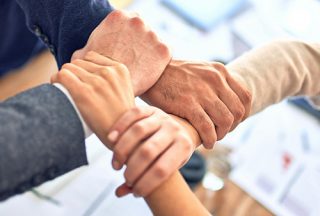
The Secret of TetraMap: What makes the difference?
May 27, 2024 - TetraMap_AdminIn this article, Sandra Rosch discusses the most frequently asked question in TetraMap workshops is “What is the difference between the DISG model and TetraMap?” . You could well be surprised to hear her perspective.
Categories
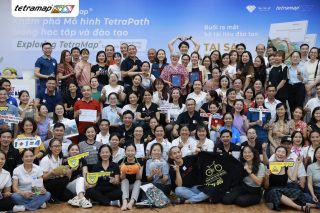
TetraMap launches in Vietnam.
March 27, 2024 - LouiseOver 100 participants gathered to explore and experience TetraMap and the TetraPath of Learning, in a signature style fun-filled launch learning event.
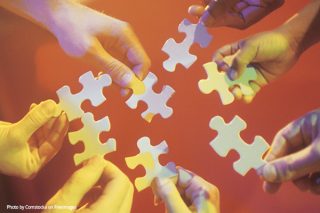
How TetraMap Catalyses Team Effectiveness?
March 5, 2024 - TetraMap_AdminWritten by TetraMap Facilitator Ian Blackwell who is an executive coach working for a large multi-national pharmaceutical company based in the UK. His role is to coach, lead and facilitate Team Effectiveness (TE) across several high-profile leadership teams as well as executional teams including aseptic ways of working.
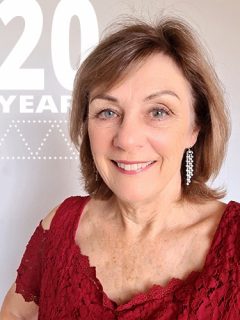
20 Years and still going strong
February 12, 2024 - LouiseToday marks 20 years since I became a Certified TetraMap Facilitator. And, being someone who loves a metaphor, I wondered if my relationship with TetraMap was like a marriage, and what symbolic meaning I could find.
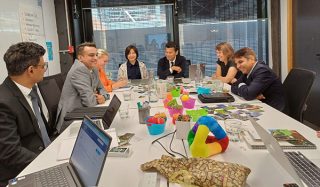
Is diversity stalling?
January 30, 2024 - LouiseI saw a headline for a Diversity & Inclusion Conference that grabbed my attention. “We need to face facts: D&I is stalling.“ Woah that took me by surprise – although maybe that was the point. I read on and was given information on gender pay gaps, women on boards, and D&I professions declining.
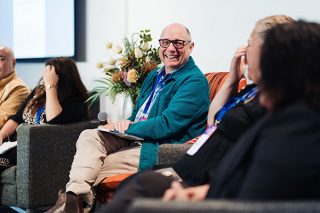
Making Space to Build Great Teams
September 12, 2023 - TetraMap_AdminProviding the right physical and psychic space is critical to creating highly functional teams and organisations.
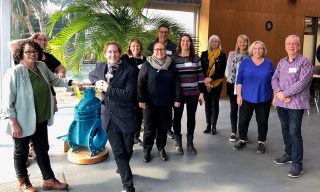
Auckland TetraHui – hosted by Hynds NZ
September 7, 2023 - BrettHere’s the whakatauki that guided us: Ehara taku toa i te toa takitahi, engari he toa takimano. My strength is not that of an individual but that of the collective.

Leadership, TetraMap® and Compassion
March 17, 2023 - TetraMap_AdminOf the four TetraMap® perspectives, ‘compassion’ is the one that often raises an eyebrow at first glance. The surprise is understandable. Over the decades, the imagery and persona around leadership as a topic has associated it more with qualities of strength, fortitude, achievement and knowledge.
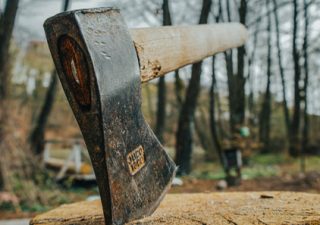
You Shall Have My Axe
January 17, 2023 - TetraMap_AdminAs we move into a new season of opportunity, imagine what you could achieve with a commitment to spending 60% of your time crafting the ‘perfect’ learner experience. My new-style radio shows deliver far more satisfaction to me, and, more importantly to my audience.

TetraMap in 1:1 coaching sessions: An invitation!
January 9, 2023 - TetraMap_AdminArticle by guest blogger Anja Doil, Germany. While I had regularly used TetraMap in team topics with groups of 3-60 participants, I had much less experience with using it in 1:1 coaching. So, the result of my Master TetraMap Facilitator project. What about TetraMap in 1:1 coaching settings? Here is an invitation for you to consider:
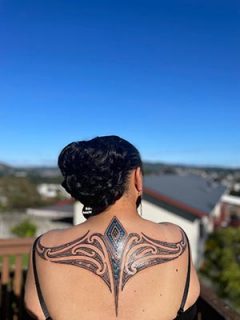
Gifted
July 21, 2022 - TetraMap_Adminguest blogger Lady Ranapiri-Kupa, from Aotearoa New Zealand. Lady writes Gifted after a recent experience which inspired her.
It reminds me that the gifts we have inside of us are not for us – they are for others. And so, I encourage you to give your gifts away.
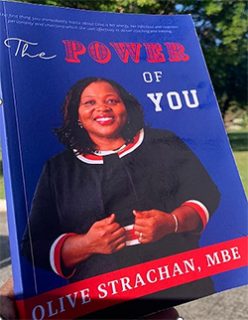
How to unlock the “Power of You”
July 11, 2022 - TetraMap_AdminOlive Strachan MBE, has a story about self belief and much more. As a black female entrepreneur she tells her story of 25 years on business – with plenty of ups, downs and mistakes to learn from. She encourages others to do the same “Be courageous and believe in yourself! I urge you to take that first step and start jotting down some ideas. Writing your book can bring far reaching and life-affirming rewards.”

Irreversible Impact – Broader Benefits
July 8, 2022 - LouiseI see TetraMap in action in every aspect of my day-to-day life. The number of AH-HA moments I have had on my learning journey has been incredible.
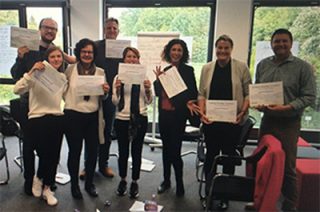
Introducing TetraMap to your organization the EASY WAY.
July 6, 2022 - TetraMap_AdminThis is a story of momentum, of something small that kept growing and is still growing strong for an IT consultancy with about 13.000 employees in 28 countries.
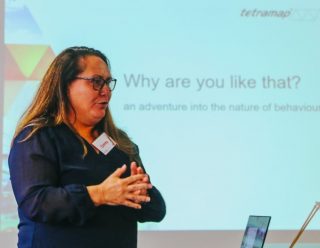
Learning – Practice makes Perfect
June 29, 2021 - TetraMap_AdminThe biggest resource and tool is you the facilitator. My delivery approach includes three Māori practices: āta, ako and aro.
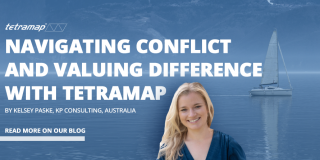
Navigating conflict and valuing difference
June 25, 2021 - TetraMap_AdminI see TetraMap as a powerful tool for engaging in early intervention and preventing a toxic work environment.

He whakarite ki te taiao – Nature as a Metaphor
May 26, 2021 - LouiseOur language, te reo Māori (the Māori language) often alludes to nature , to the elements, to the flora, to the fauna, to the sky and to the sea to describe the way we behave with and react to each other.
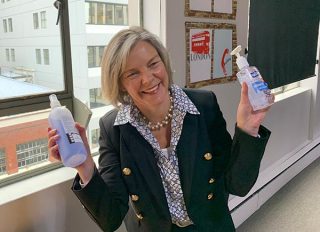
Better Understanding Changes Lives
May 19, 2021 - LouiseThrough TetraMap I have discovered a global movement of like-minded people; people who are working hard to set aside their bias and are focusing on being the best they can be. I love that! Why would I not?
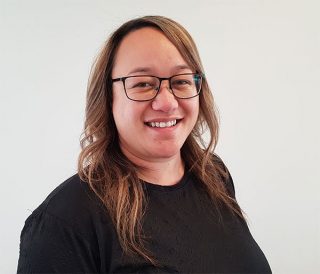
I am of the sea, land, river and mountains
November 24, 2020 - TetraMap_AdminThis is my pepeha which is a Māori traditional tribal saying that expresses our connection to significant landmarks of our tribal area. It tells a story that I descend from our ancestral canoe of Horouta, which carried my ancestors over the Pacific Ocean to the East coast of the North Island in Aotearoa.
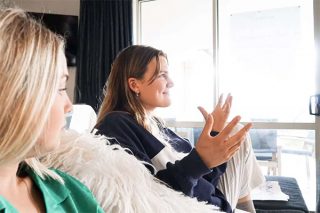
5 ways TetraMap® can improve your conversations
October 29, 2020 - TetraMap_AdminBy understanding the preferred natural behaviours – of me and others ~ even with complete strangers – brilliantly helps navigate all sorts of situations. Playing with this, we’ve deepened the tool even more to make a huge impact on every type of conversation, especially when combined with a magical coach-blend + emotional awareness.

What’s really going on here? How TetraMap helps to grow systemic awareness
August 31, 2020 - BrettMany problems are complex and those we are experiencing in the 21 Century illustrate this well. Across the world, the threat of the Covid-19 pandemic presents levels of complexity that have and continue to grow. In technology, the future growth of AI is an ongoing debate made up of many different perspectives.

STOP! Technology Buyer Beware – Please read this.
August 3, 2020 - BrettDuring this time of turmoil caused by the COVID pandemic, We see a lot of protest springing up, Seamingly showing that society had started focusing on taking moral stances and exercising their right to voice them.
This got me wondering, in this technology-focused time, how much time do we spend thinking about the ethics or morality of the organizations that provide our technology?

If only you knew your greatness…
July 6, 2020 - TetraMap_AdminA fellow participant on a training programme that I’m attending shared this passage with me. I was taken aback by its power and that the author seems to be talking to me; it gives me new hope, I just need to unlock my power!
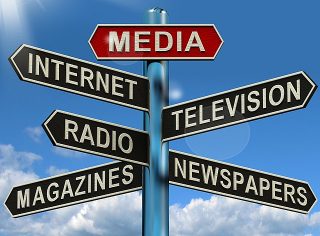
Are you a conscious consumer… of content?
April 24, 2020 - JanThe ability to be selective with information we access, process and accept is more important than ever before. It’s up to us as the receiver of information to choose reliable sources and separate fact from opinion, speculation and misinformation – as the sender may often disguise those differences. We need to step up and start being conscious consumers of content.
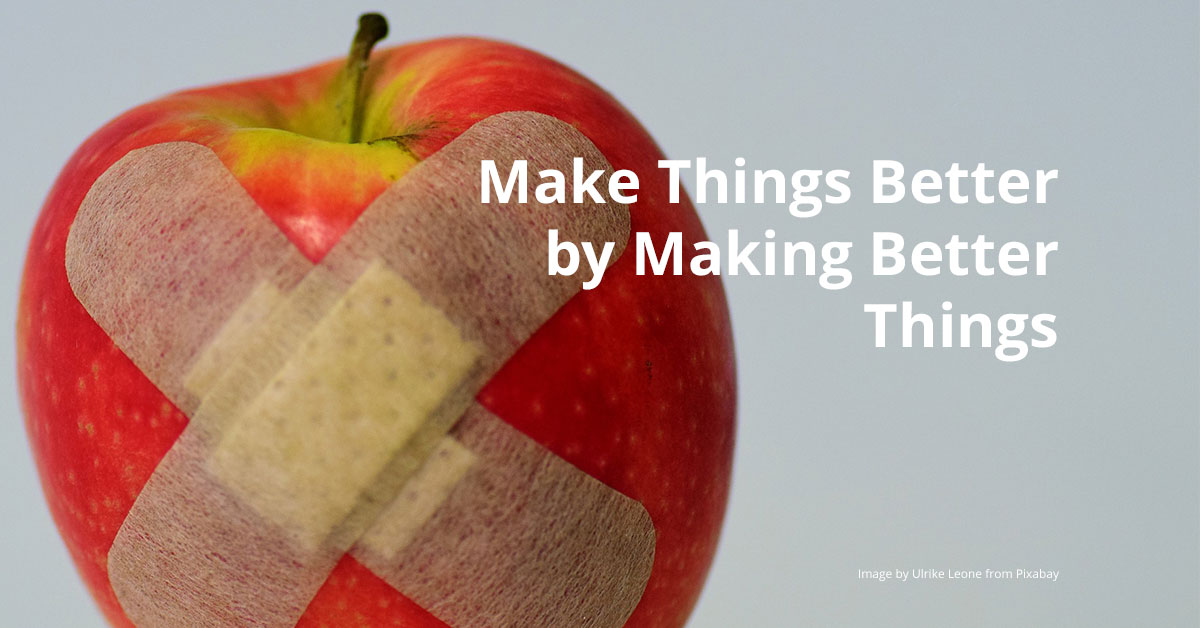
Make Things Better by Making Better Things
March 18, 2020 - LouiseReturning to work after a week’s break I should have been feeling relaxed. I wasn’t.
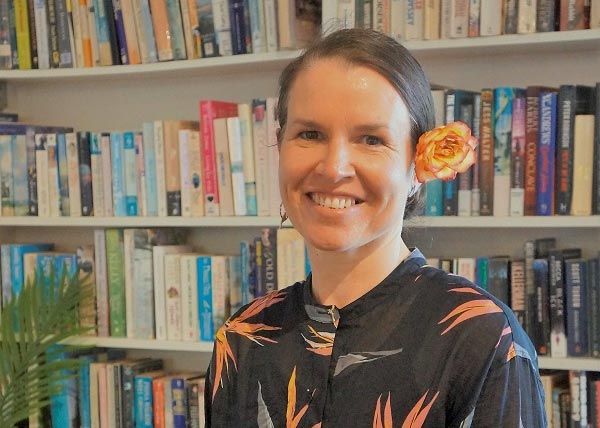
Kylie’s story
November 15, 2019 - LouiseParticipating in the certification course and becoming a facilitator has really unlocked a much deeper understanding of how to harness the potential of diversity for radical collaboration. by Kylie Bailey – GoodSense Marketing
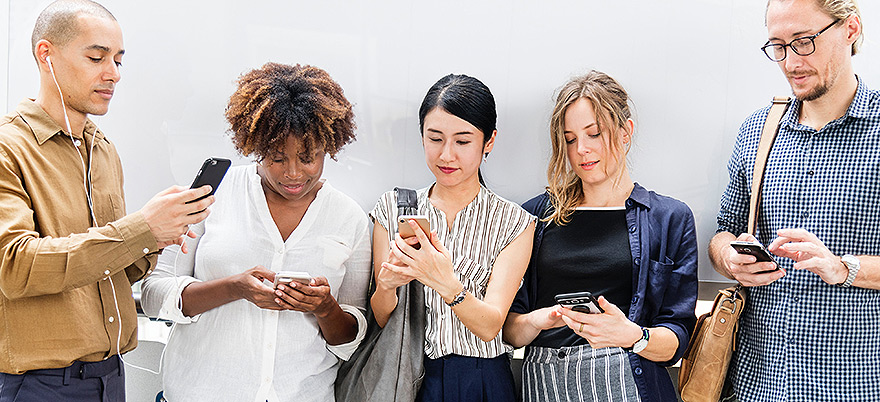
Human life in the 21st century – opportunity or tragedy?
October 30, 2019 - LouiseOur leaders and as a result, the followers have increasingly focused on differences (rather than similarities) and as a result, people have drifted apart, feel disrespected and the rift has widened over time.
By Abbas Peera

It has to be everybody or nobody
October 3, 2019 - LouiseWe are not going to be able to operate our Spaceship Earth successfully nor for much longer unless we see it as a whole spaceship and our fate as common. It has to be everybody or nobody.” – Buckminster Fuller in the 1970’s.
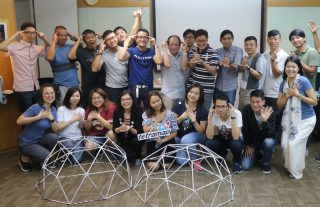
Extended learning after teambuilding
October 1, 2019 - LouiseI found the beauty of TetraMap® to be its possibilities to be inserted into or work together with other programs and tools which can help to strengthen whatever your expertise lays. For teambuilding facilitators, I urge you to explore new activities and new ways to debrief using TetraMap®. written by Vivien Hui, Certified TetraMap Facilitator, Essentia, Hong Kong .

Stand Out from the Standard
June 4, 2019 - LouiseBy looking at four lenses of persuasion, it gives every person a quick hack to persuade, influence and impact. To be In your Element.
By Ridhwan Yusoff
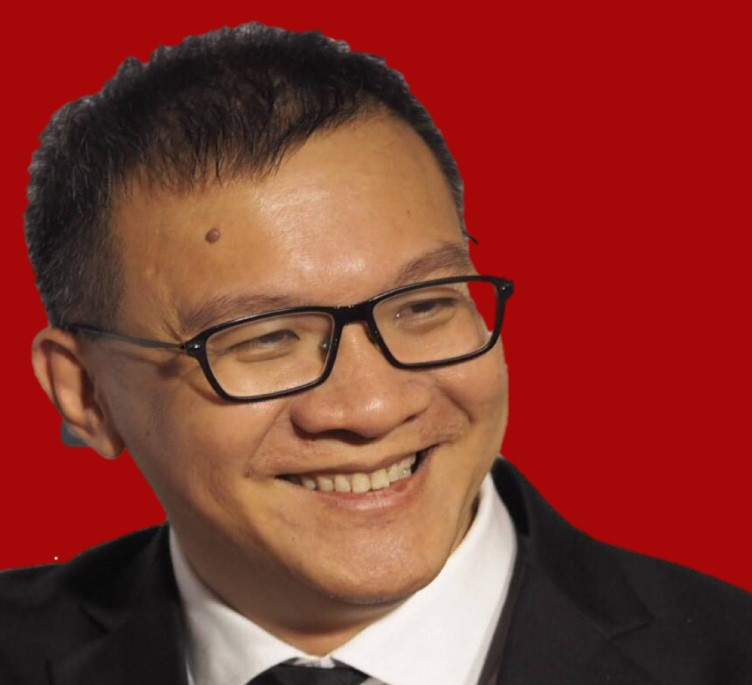
A New Dimension of My Approach to Program Design
May 17, 2019 - LouiseI have been speaking on platform for almost 20 years but I only came across program design 7 years ago. The first person who taught me program design was my teacher and mentor, Blair Singer, who was a student of Marshall Thurber, the creator of the program “Money & You”. The key takeaway from Blair was that good program design requires us to explore different ways to help the participants to maximise the learning in the room.

Feeling safe with TetraMap
May 6, 2019 - LouiseI’ve been working with the TetraMap model for about two years now. As I deepen my understanding of TetraMap and connect the dots to my other passions, I find myself drawn to the connections between diversity, psychological safety and TetraMap.

Psychological safety and the learning organisation
April 24, 2019 - LouiseAs someone who has worked in a range of company cultures and industries, the subject of psychological safety fascinates me. Like many people, when I look at my career so far, I can pinpoint environments and occasions where I have had an active voice and those where I chose to be less vocal because it didn’t seem as though my voice would count.
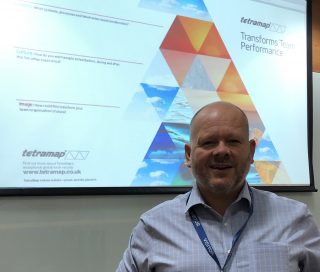
Opening minds when negotiating
November 30, 2018 - TetraMap_AdminLearn more from Andy about how the ATN Group use TetraMap to help improve participants negotiating skills. ATN sought a tool to integrate into their negotiation programme that was unique and offered a new way of engaging and opening minds to increase performance.
By Andy Newstead, Managing Director
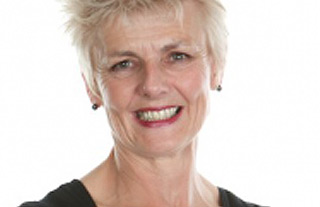
Conflict: fight, flee, or flow?
November 30, 2018 - TetraMap_AdminConflict emerges from diversity. Being different means we will each have a unique perspective. Gain a deeper understanding of how difference and uniqueness contribute to conflict and to its resolution.
By Robyn Walshe and Associates.
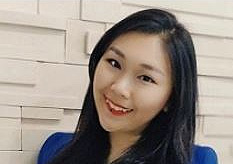
Be different. Be yourself.
September 6, 2018 - TetraMap_AdminLearn more from Priscilla how TetraMap helps with job interviews, people who are in the midst of a career transition to learn more about themselves as well as others. One of the huddles for a career transitioner is to ace the interview process.
By Priscilla Looi
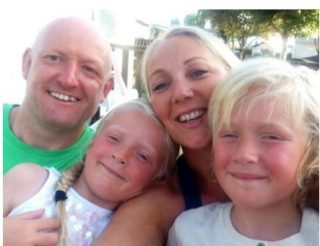
Guilt-free parenting
August 29, 2018 - TetraMap_AdminMum Guilt is a regular occurrence for me, but, this year, I didn’t want to spend the summer holidays consumed with what I was doing wrong. It got me thinking about TetraMap.
By Jo Rix

TetraMap and cultural synergy
August 5, 2018 - TetraMap_AdminCulture is fluid, changing and adapting all the time. I invite you to consider how to make the most of your culture and elemental preferences to understand the culture of those around you.
By Leyla Okhai,

Putting nature into communication
June 21, 2018 - TetraMap_AdminCommunication is key to success in any workplace and a lack of successful communication can lead to conflict, errors in the workplace, and lack of motivation among employees.
by Verity Craft
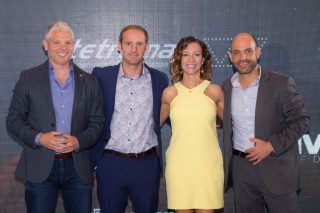
International Leadership Events
June 20, 2018 - TetraMap_AdminThree Master TetraMap Facilitators Alex (MX), James (UK) and Dan (US) came together to collaborate, synergise, and share leadership expertise with 200 participants and facilitators in Mexico.
By Alex Villarreal.

TetraMapping divisional conflict
December 5, 2017 - TetraMap_AdminConflict is prevalent in every organization, but there are special issues unique to geographically dispersed organizations.
by J’Lein Liese Ph.D. USA
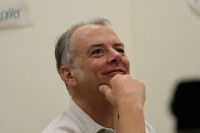
Leadership in chaos – next practice
December 5, 2017 - TetraMap_AdminHow do you lead when we don’t agree on what we want, but we do agree it is NOT what we’ve got? TetraMap helps us understand how to lead amongst chaos, where there is no commonly desired end result other than “not this”. It is a matter of understanding the levels of complexity.
By Jon Brett
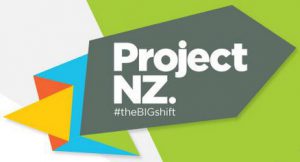
My “big shift”
November 28, 2016 - TetraMap_AdminWhen I look at my annual carbon footprint there is one elephant in the room: overseas flights. The carbon footprint of flying massively outweighs everything else put together. How about offsetting the carbon? To justify the damage to the environment I am causing, I decided on a simple common sense formula…
by Jon Brett, TetraMap Co-Creator

Award-winning learning
November 28, 2016 - TetraMap_AdminUsing an award-winning learning approach, Jurys Inn has developed a combination of face-to-face training and online learning that starts to develop employees before they even arrive for their first day.
By Edward Gallier
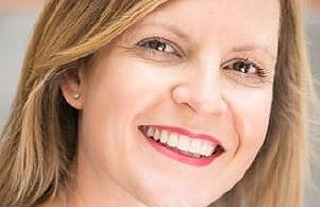
Confused about choosing a ‘personality profiling’ tool?
November 28, 2016 - TetraMap_AdminYou may be considering incorporating a personality profiling tool into a training program to strengthen participants’ learning. While the prospect may at first seem exciting, it’s not unusual to end up feeling a little overwhelmed given the abundance of tools on the market.
By Liz Payne

How far would your leadership shadow fall?
February 25, 2016 - TetraMap_AdminHow would you describe your lasting impact on others as a leader? Our guest blogger is TetraMap Facilitator Lorenzo Giliomee.